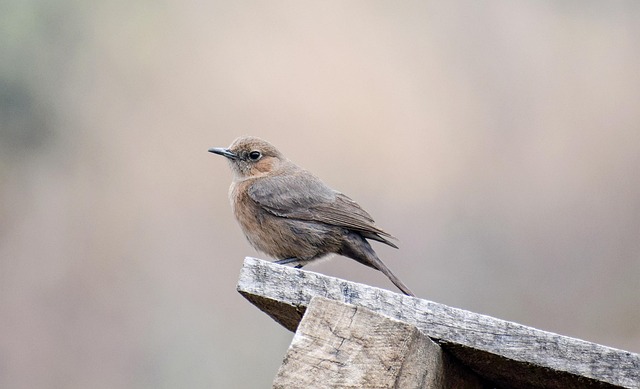Identifying animal tracks in your Centennial yard is a crucial first step for insulation restoration and ecosystem management. By understanding local wildlife activity through track shapes and sizes, homeowners can implement targeted strategies to deter unwanted visitors while encouraging beneficial creatures. This involves using suitable insulation, physical barriers, natural repellents, and planting native vegetation to maintain a balanced and aesthetically pleasing landscape.
Unsure about the mysterious creatures lurking in your Centennial yard? Understanding wildlife activity is the first step towards effective control and restoration. This article guides you through recognizing common animal tracks, highlighting the vital role of insulation in wildlife management. Once you’ve identified visitors like squirrels or raccoons through their unique footprints, it’s time to explore tailored strategies for restoring your yard. Learn how insulation can be a powerful ally in repelling unwanted guests and reclaiming your outdoor space.
- Understanding Wildlife Activity in Your Yard: Recognizing Common Animal Tracks
- The Role of Insulation in Wildlife Control and Yard Restoration
- Restoring Your Centennial Yard: Effective Strategies After Identifying Animal Tracks
Understanding Wildlife Activity in Your Yard: Recognizing Common Animal Tracks

Understanding Wildlife Activity is a crucial first step in any insulation restoration project, especially when dealing with unwanted visitors in your Centennial yard. Identifying animal tracks can provide valuable insights into the types of creatures lurking in your landscape. Look for signs like paw prints, which can indicate the presence of mammals such as squirrels, raccoons, or even deer. Birds and smaller animals also leave distinct imprints; for example, chicken tracks are easily recognizable by their small, rounded toe impressions.
By carefully observing the size, shape, and spacing of these tracks, you can gain a better understanding of the wildlife frequenting your yard. This knowledge is essential when planning restoration efforts, as it helps determine the best strategies to exclude or deter specific animals while ensuring your property remains inviting to beneficial creatures.
The Role of Insulation in Wildlife Control and Yard Restoration

In the process of wildlife control and yard restoration, insulation plays a pivotal role by providing both protection and evidence for identifying animal tracks. For homeowners in Centennial, understanding the signs left behind is crucial. By examining the unique patterns of footprints and scat, one can identify which species have been visiting their yards. This knowledge is not just aesthetically informative; it guides targeted restoration efforts.
For instance, different animals leave distinct track shapes and sizes due to variations in paw structure and weight. Such insights enable tailored solutions like repairing or enhancing fencing to deter specific intruders. Moreover, insulation materials used in restoration projects must be resistant to animal damage, ensuring that investments in yard beautification are long-lasting and effective in maintaining a balanced ecosystem without unwanted intrusions.
Restoring Your Centennial Yard: Effective Strategies After Identifying Animal Tracks

After identifying animal tracks in your Centennial yard, the next step is to implement effective strategies for restoration. The first course of action is to assess the type of wildlife and their habits, as different animals leave distinct prints and signs. This knowledge will guide your approach to keeping them at bay while maintaining a harmonious environment.
Consider installing physical barriers like fences or nets to deter intruders, along with using natural repellents or scent-based solutions that are safe for both the wildlife and your yard. Regularly cleaning up food sources and securing trash cans can also prevent animals from being attracted to your property. Additionally, planting native vegetation can help restore balance to the ecosystem while making your yard less appealing to invasive species.
Identifying animal tracks in your Centennial yard is a crucial first step towards effective wildlife control and insulation restoration. By understanding the role of insulation in managing wild animal presence, you can implement targeted strategies to restore your yard’s balance. Remember, recognizing common tracks empowers you to make informed decisions, ensuring a harmonious coexistence with nature while enhancing your outdoor space’s beauty and safety.
